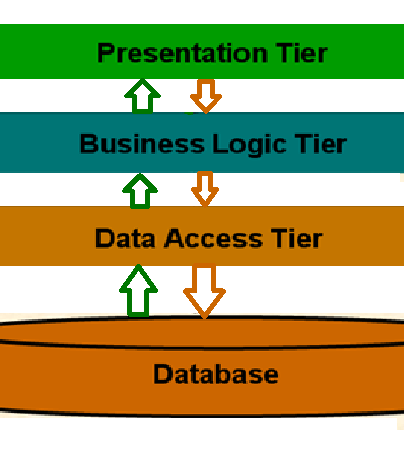Control Execution Lifecycle
Control Execution Life cycle:
In this post we learn "control Execution Life Cycle".The life cycle basically refer to the sequence of working of we can say of the Execution.how to control render in page and how to it execute are considering fallowing phase in this section and also give some tables in image to understand this topic.
in the past post " Server control hierarchy" we learn the classes of controls,supper class and sub classes. now we see how many phases in life cycle Execution.
in the past post " Server control hierarchy" we learn the classes of controls,supper class and sub classes. now we see how many phases in life cycle Execution.
Initialization :
In Control Execution Initialize settings required throughout the period of time of the incoming net request. See Handling transmitted Events.
Load and think about state :
At the tip of this part, the ViewState property of an impression is mechanically inhabited as delineate in Maintaining State during a management. an impression will override the default implementation of theLoadViewState method to customise state restoration.
method Postback knowledge:
method incoming kind data and update properties consequently. See Processing Postback knowledge.
Load:
Perform actions common to any or all requests, like putting in place a info question. At now, server controls within the tree square measure created and initialized, the state is remodeled, and kind controls mirror client-side knowledge. See Handling transmitted Events.
Send poastback modification notification:
Raise modification events in response to state changes between the present and former postbacks. See Processing Postback knowledge.
Note :- Only controls that raise postback modification events participate during this part. ways in ASP.NET Server managements
Handle poastback events :
Handle the client-side event that caused postback and lift acceptable events on the server. See Capturing Postback Events.
Note :- Only controls that method postback events participate during this part.
Prerender:
Perform any updates before the output is rendered. Any changes created to the state of the management within the prerender part will be saved, whereas changes created within the rendering part square measure lost. Se eHandling transmitted Events.
Save state:
The ViewState property of an impression is mechanically persisted to a string object when this stage. This string object is distributed to the shopper and back as a hidden variable. For up potency, an impression will override the SaveViewState method to switch theViewState property. See Maintaining State during a management.
Render:
Generate output to be rendered to the shopper. See Rendering associate degree ASP.NET Server Control.
Dispose:
Perform any final cleanup before the management is torn down. References to pricey resources like info connections should be free during this part. See Methods in ASP.NET Server Controls.
Unload:
Perform any final cleanup before the management is torn down. management authors typically perform cleanup in Dispose and don\'t handle this event.




